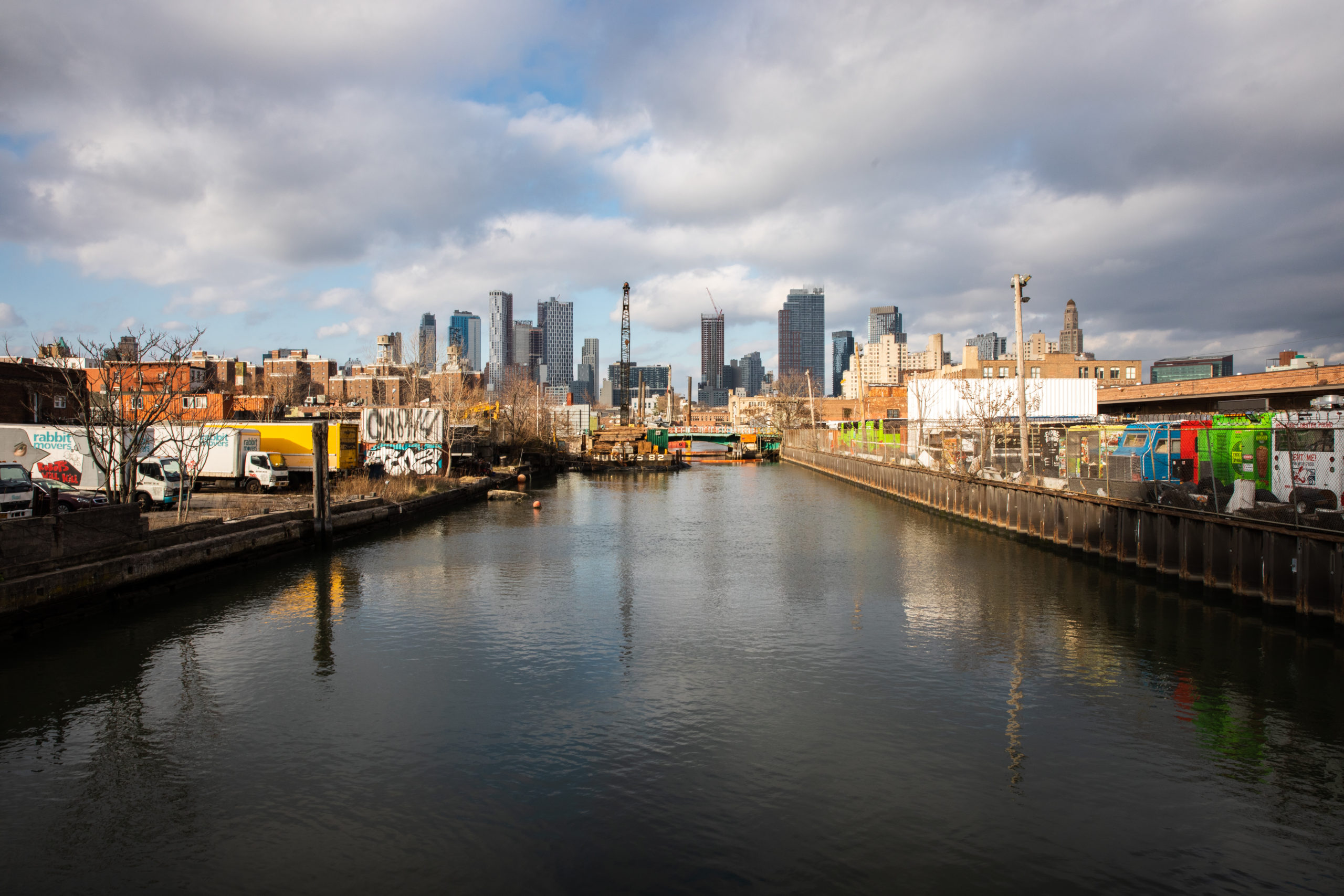Opinions & Observations: Mandate a Racial Impact Study before rezoning Gowanus

As a certification date for the massive Gowanus Neighborhood Rezoning looms, we call on New York City and our local officials to support, protect and care for the existing BIPOC residents of Gowanus, including residents of NYCHA, by making certain that any development planned for the community is not just about bringing new money into the neighborhood. How can the City ensure that foundational environmental and systemic injustices are addressed before development and rampant population expansion? We know that a comprehensive Racial Impact Study (RIS) would be a crucial tool for equity if it is completed prior to certification of the City’s huge rezoning proposal, as would be required by Public Advocate Jumaane Williams’ pending legislation.

The Proposed Legislation
Over the past two years, repeated calls from the community for a Racial Impact Study in Gowanus were dismissed by Council Member Brad Lander of District 39 as unnecessary. So, during a recent hearing on Mr. Williams’ City Council bill (Intro 1572-2019), we were initially encouraged when Mr. Lander stated that the Racial Impact Study is “an important tool to advance equity and fair housing” and claimed he “will make sure this gets done for the Gowanus neighborhood rezoning.”

Brooklyn Boro
View MoreNew York City’s most populous borough, Brooklyn, is home to nearly 2.6 million residents. If Brooklyn were an independent city it would be the fourth largest city in the United States. While Brooklyn has become the epitome of ‘cool and hip’ in recent years, for those that were born here, raised families here and improved communities over the years, Brooklyn has never been ‘uncool’.